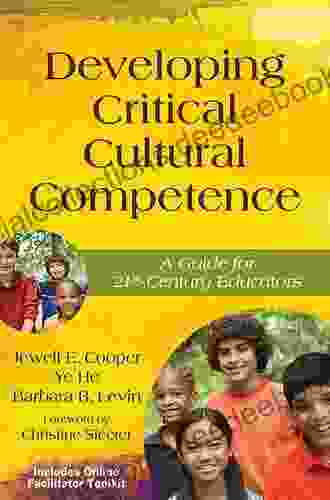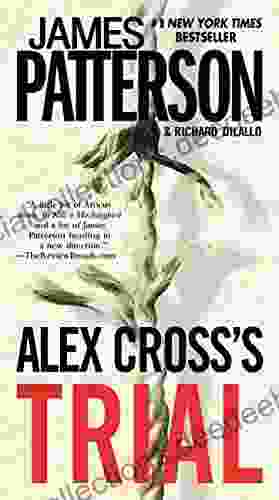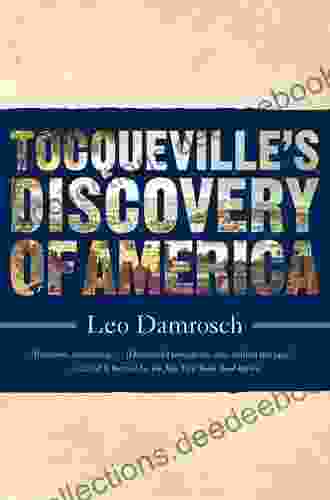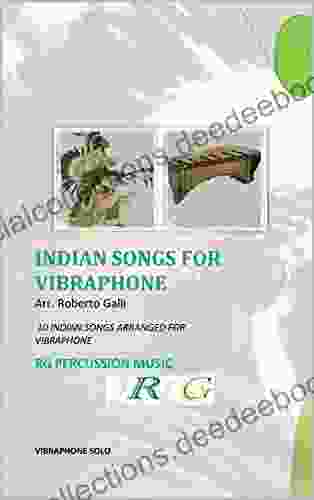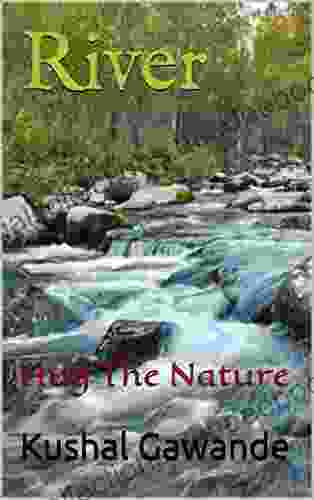Guide For 21st Century Educators

The 21st century has brought about a number of significant changes to the world of education. With the advent of new technologies and the increasing globalization of the economy, educators are facing new challenges and opportunities.
In order to meet the needs of 21st century students, educators need to adopt new teaching methods and approaches. This guide will provide you with information and resources to help you become a more effective 21st century educator.
21st century students are growing up in a world that is vastly different from the world that their parents and grandparents grew up in. They are exposed to a constant stream of information and technology, and they are able to communicate and collaborate with people from all over the world.
4.5 out of 5
| Language | : | English |
| File size | : | 6718 KB |
| Text-to-Speech | : | Enabled |
| Enhanced typesetting | : | Enabled |
| Word Wise | : | Enabled |
| Screen Reader | : | Supported |
| Print length | : | 229 pages |
As a result of this, 21st century students have different learning needs than students from previous generations. They are more comfortable with technology, and they are more likely to be self-directed learners. They also expect their education to be relevant to their lives and to the world around them.
In order to meet the needs of 21st century students, educators need to understand their learning styles and preferences. They also need to be able to provide them with opportunities to learn in ways that are engaging and relevant.
Technology can be a powerful tool for teaching and learning. When used effectively, technology can help educators to engage students, personalize instruction, and provide students with opportunities to learn in ways that are not possible in a traditional classroom setting.
Here are a few examples of how technology can be used in the classroom:
- Interactive whiteboards: Interactive whiteboards can be used for a variety of purposes, such as displaying presentations, writing notes, and playing games. They can also be used to create interactive lessons and activities.
- Tablet computers: Tablet computers are portable devices that can be used for a variety of purposes, such as reading books, taking notes, and playing games. They can also be used to create and present multimedia projects.
- Educational software: Educational software can be used to teach a variety of subjects, such as math, science, and language arts. Educational software can be used to provide students with interactive lessons and activities, and it can also be used to track student progress.
When using technology in the classroom, it is important to remember that it is a tool, not a substitute for good teaching. Technology should be used to enhance learning, not to replace it.
Personalizing instruction means tailoring instruction to the individual needs of each student. This can be done by using a variety of methods, such as:
- Differentiated instruction: Differentiated instruction is a teaching approach that takes into account the different learning styles and needs of students. With differentiated instruction, teachers provide students with different learning activities and materials based on their individual needs.
- Personalized learning plans: Personalized learning plans are designed to help students achieve their individual learning goals. These plans are created by teachers in collaboration with students and parents.
- Flexible learning environments: Flexible learning environments allow students to learn at their own pace and in their own way. These environments may include things like flexible seating, open-ended activities, and project-based learning.
Personalizing instruction can help students to learn more effectively and to reach their full potential. When students feel like their education is relevant to their lives and their needs, they are more likely to be engaged and motivated to learn.
In addition to academic content, 21st century students need to develop skills that will help them to succeed in the 21st century workplace. These skills include:
- Critical thinking
- Problem solving
- Creativity
- Collaboration
- Communication
These skills can be developed through a variety of learning experiences, such as:
- Project-based learning: Project-based learning is a teaching approach that allows students to work on projects that are relevant to their lives and interests. Through project-based learning, students can develop critical thinking, problem solving, creativity, collaboration, and communication skills.
- Service learning: Service learning is a teaching approach that allows students to learn by serving their community. Through service learning, students can develop critical thinking, problem solving, creativity, collaboration, and communication skills, while also making a positive impact on their community.
- Extracurricular activities: Extracurricular activities can provide students with opportunities to develop critical thinking, problem solving, creativity, collaboration, and communication skills. These activities can include things like sports, music, and drama.
By developing these skills, students will be better prepared for success in the 21st century workplace.
Assessment in the 21st century needs to be more than just a way to measure student learning. It should also be a way to provide students with feedback that can help them to improve their learning.
Here are a few examples of how assessment can be used in the 21st century classroom:
- Formative assessment: Formative assessment is assessment that is used to provide students with feedback on their learning. This type of assessment can be used to identify areas where students need additional support.
- Summative assessment: Summative assessment is assessment that is used to measure student learning at the end of a unit or course. This type of assessment can be used to determine whether or not students have mastered the content.
- Performance-based assessment: Performance-based assessment is assessment that requires students to demonstrate their learning by completing a task or project. This type of assessment can be used to assess students' critical thinking, problem solving, creativity, collaboration, and communication skills.
By using a variety of assessment methods, educators can provide students with feedback that can help them to improve their learning and to reach their full potential.
The 21st century is a time of great change and opportunity for education. By adopting new teaching methods and approaches, educators can help students to develop the skills and knowledge they need to succeed in the 21st century workplace and beyond.
4.5 out of 5
| Language | : | English |
| File size | : | 6718 KB |
| Text-to-Speech | : | Enabled |
| Enhanced typesetting | : | Enabled |
| Word Wise | : | Enabled |
| Screen Reader | : | Supported |
| Print length | : | 229 pages |
Do you want to contribute by writing guest posts on this blog?
Please contact us and send us a resume of previous articles that you have written.
 Book
Book Page
Page Text
Text Story
Story Library
Library Paperback
Paperback Newspaper
Newspaper Paragraph
Paragraph Bookmark
Bookmark Glossary
Glossary Bibliography
Bibliography Foreword
Foreword Preface
Preface Synopsis
Synopsis Manuscript
Manuscript Scroll
Scroll Codex
Codex Bestseller
Bestseller Classics
Classics Library card
Library card Narrative
Narrative Autobiography
Autobiography Memoir
Memoir Encyclopedia
Encyclopedia Dictionary
Dictionary Resolution
Resolution Librarian
Librarian Card Catalog
Card Catalog Periodicals
Periodicals Research
Research Lending
Lending Reserve
Reserve Academic
Academic Literacy
Literacy Study Group
Study Group Thesis
Thesis Awards
Awards Reading List
Reading List Theory
Theory Textbooks
Textbooks William Edgar
William Edgar Masakazu Ishikawa
Masakazu Ishikawa William Norman Grigg
William Norman Grigg Walter Ang
Walter Ang J W Lynne
J W Lynne David Kherdian
David Kherdian Nicoletta Arbia
Nicoletta Arbia Mansi Shah
Mansi Shah Leo Damrosch
Leo Damrosch David R Gamble
David R Gamble Sally Ride
Sally Ride Alpha Bull Traders
Alpha Bull Traders Michael Morpurgo
Michael Morpurgo Alexandre Debs
Alexandre Debs Harry Owen
Harry Owen Paul Allain
Paul Allain Donna M Bozzone
Donna M Bozzone Michael Vannoy Adams
Michael Vannoy Adams Lang Lang
Lang Lang J Murphy Mccaleb
J Murphy Mccaleb
Light bulbAdvertise smarter! Our strategic ad space ensures maximum exposure. Reserve your spot today!
 Miguel de CervantesFollow ·9.6k
Miguel de CervantesFollow ·9.6k Alfred RossFollow ·11.4k
Alfred RossFollow ·11.4k Hudson HayesFollow ·13.3k
Hudson HayesFollow ·13.3k Norman ButlerFollow ·14.5k
Norman ButlerFollow ·14.5k Thomas PynchonFollow ·7.3k
Thomas PynchonFollow ·7.3k George Bernard ShawFollow ·18.1k
George Bernard ShawFollow ·18.1k Gabriel Garcia MarquezFollow ·11.5k
Gabriel Garcia MarquezFollow ·11.5k Bobby HowardFollow ·6.5k
Bobby HowardFollow ·6.5k
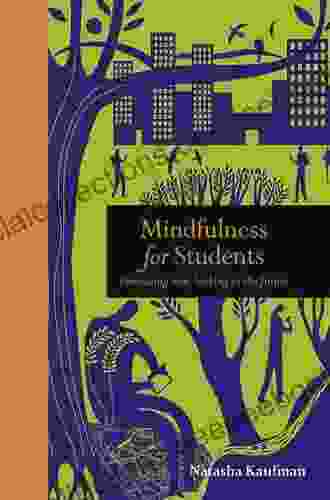
 Andy Hayes
Andy HayesEmbracing Now: Embark on a Mindfulness Journey for a...
In a world...
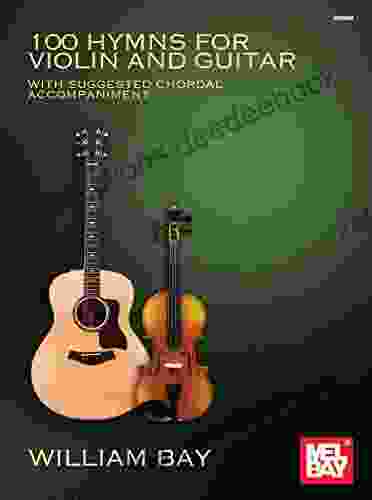
 Heath Powell
Heath Powell100 Hymns for Violin and Guitar: A Comprehensive Guide to...
The violin and...
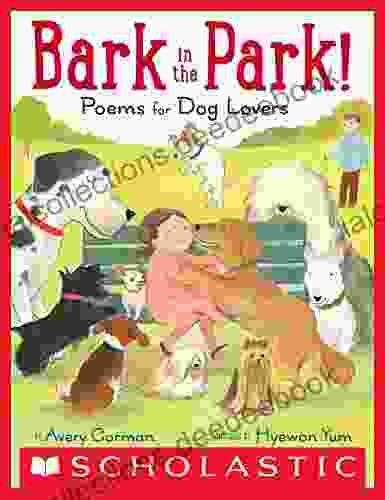
 Floyd Richardson
Floyd RichardsonBark In The Park: Poems For Dog Lovers
Dogs are our best...
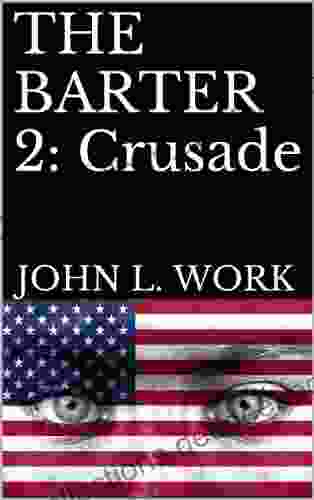
 Douglas Adams
Douglas AdamsThe Barter Crusade: A Journey into the Realm of Exchange...
In a world driven by monetary transactions,...

 Nathaniel Hawthorne
Nathaniel HawthorneInsight Guides Explore Nice & the French Riviera...
Prepare to embark on an unforgettable journey...
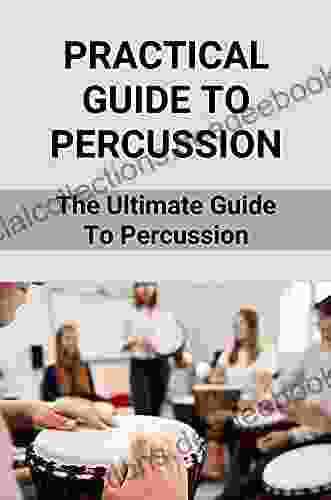
 Carlos Fuentes
Carlos FuentesThe Ultimate Practical Guide to Percussion: Exploring the...
Embark on a journey into the enchanting...
4.5 out of 5
| Language | : | English |
| File size | : | 6718 KB |
| Text-to-Speech | : | Enabled |
| Enhanced typesetting | : | Enabled |
| Word Wise | : | Enabled |
| Screen Reader | : | Supported |
| Print length | : | 229 pages |


